Komatsuna Plant Care: Tips On Growing Komatsuna Greens
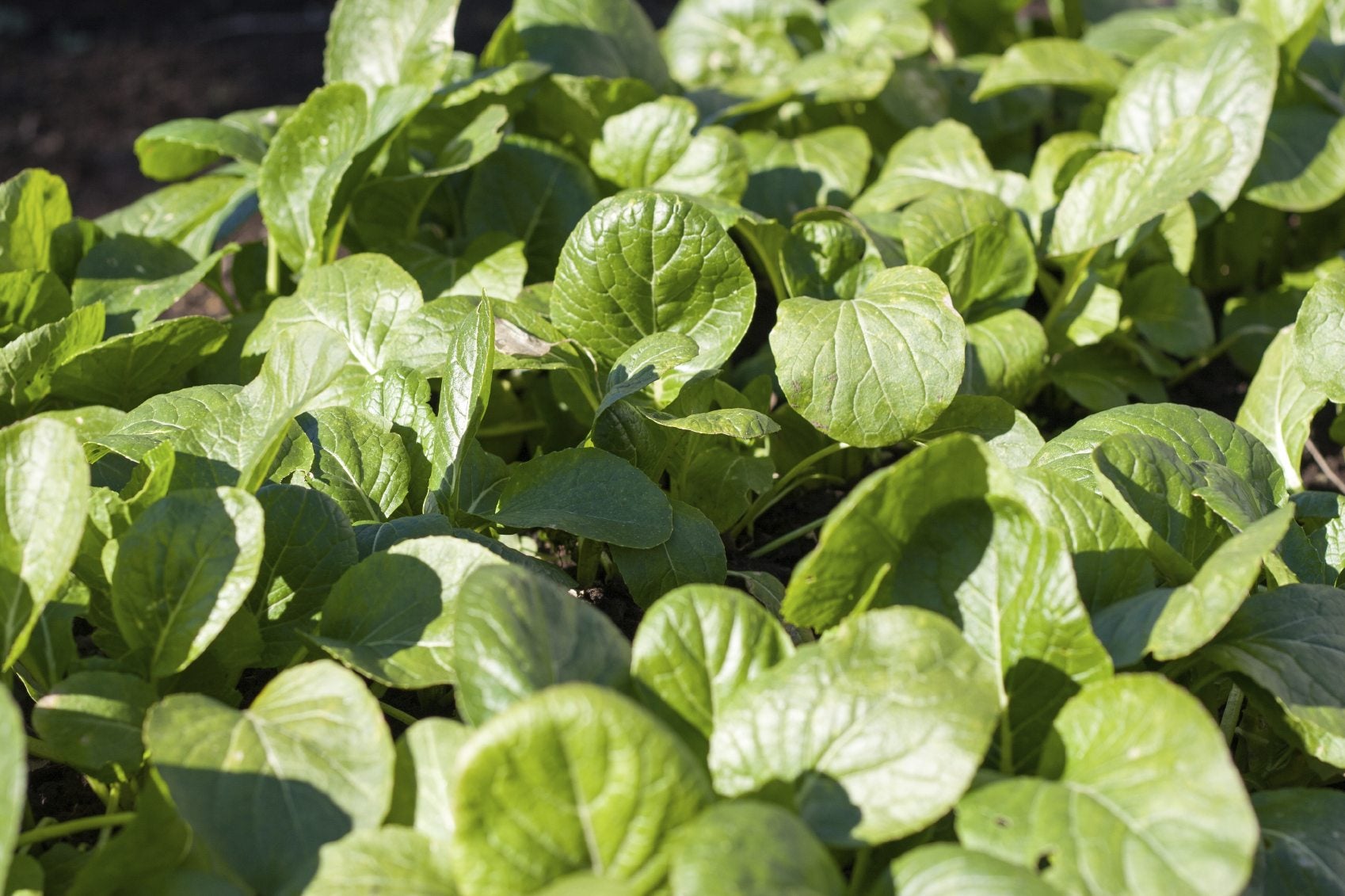
Komatsuna might possibly be the most underrated vegetable ever. What is komatsuna? I'd say most of us have never heard of growing komatsuna greens; I hadn’t. When I read about them, I began to wonder what does komatsuna taste like and how do you grow it. Read on to discover a wealth of interesting komatsuna facts.
What is Komatsuna?
Komatsuna (Brassica rapa var. perviridis) is an incredibly hardy green sometimes referred to as Japanese mustard spinach, although it really isn’t spinach but a member of the Brassica family. It is a biennial that is tolerant of very cold temperatures as well as the heat, although extreme heat may cause it to bolt. It matures in just 40 days, is drought tolerant, and can be sown and grown year-round in many climates. Oh, and komatsuna plant care couldn’t be easier.
What Does Komatsuna Taste Like?
The plant is utilized for both its tender leaves as well as its flowering stems and can be eaten raw or cooked. The leaves can be harvested at any stage and can be snipped one at a time or the entire head can be taken. If you take just a few leaves, they will regrow and extend the length of time you have to harvest. The flavor of komatsuna is somewhere between that of a mild mustard and cabbage combination. The young tender leaves can be mixed with other greens for salads or use more mature leaves in stir fries.
Additional Komatsuna Facts
Komatsuna is a leafy form of wild turnip and is believed to have been developed from Pak Choi. There are a number of varieties available. Summerfest is preferred for warm season planting, although it is fairly winter hardy as well. Torasan is another komatsuna varietal. Komatsuna has also been cross bred with other brassicas to create some unique varieties such as Misome, which is a hybrid of komatsuna and tatsoi, and Senposai, which is a cross of komatsuna and regular head cabbage.
Growing Komatsuna Greens
Start seeds early indoors, or sow seed directly in the garden. Most of the varieties get quite large, between 12 and 18 inches (31-46 cm.) tall, but the size is all vertical so they can be spaced fairly close together. Before you plant, however, komatsuna greens need nitrogen, so amend the soil with compost and use a nitrogen rich fertilizer as the plants mature. Select a sunny area of well-draining soil. Plant seeds 6 inches (15 cm.) apart and thin to 12 inches (31 cm.). Use the thinnings in salads. Komatsuna requires very little plant care other than consistent irrigation, occasional fertilizer, and a weed free area. They are prone to flea beetles and, on occasion, caterpillars. Use a floating row cover to thwart these pests. For a continuous supply year-round, plant small areas in succession.
Gardening tips, videos, info and more delivered right to your inbox!
Sign up for the Gardening Know How newsletter today and receive a free copy of our e-book "How to Grow Delicious Tomatoes".

Amy Grant has been gardening for 30 years and writing for 15. A professional chef and caterer, Amy's area of expertise is culinary gardening.
-
 Looking For Plants To Give You The Soft And Fuzzies? Try These 5 Fuzzy Leaf Plant Options
Looking For Plants To Give You The Soft And Fuzzies? Try These 5 Fuzzy Leaf Plant OptionsLovers of texture, drama, silver foliage and tactile plants will adore these special sensory garden additions. These fuzzy leaf plant options will leave you all aglow
By Susan Albert
-
 Get Ready For A Summer Of Hummers! Grow These Full Sun Hummingbird Plants and Flowers
Get Ready For A Summer Of Hummers! Grow These Full Sun Hummingbird Plants and FlowersIf you’re lucky enough to enjoy a sunny backyard, make sure you are maxing out on your pollinator opportunities and grow these full sun hummingbird plants and flowers
By Tonya Barnett
-
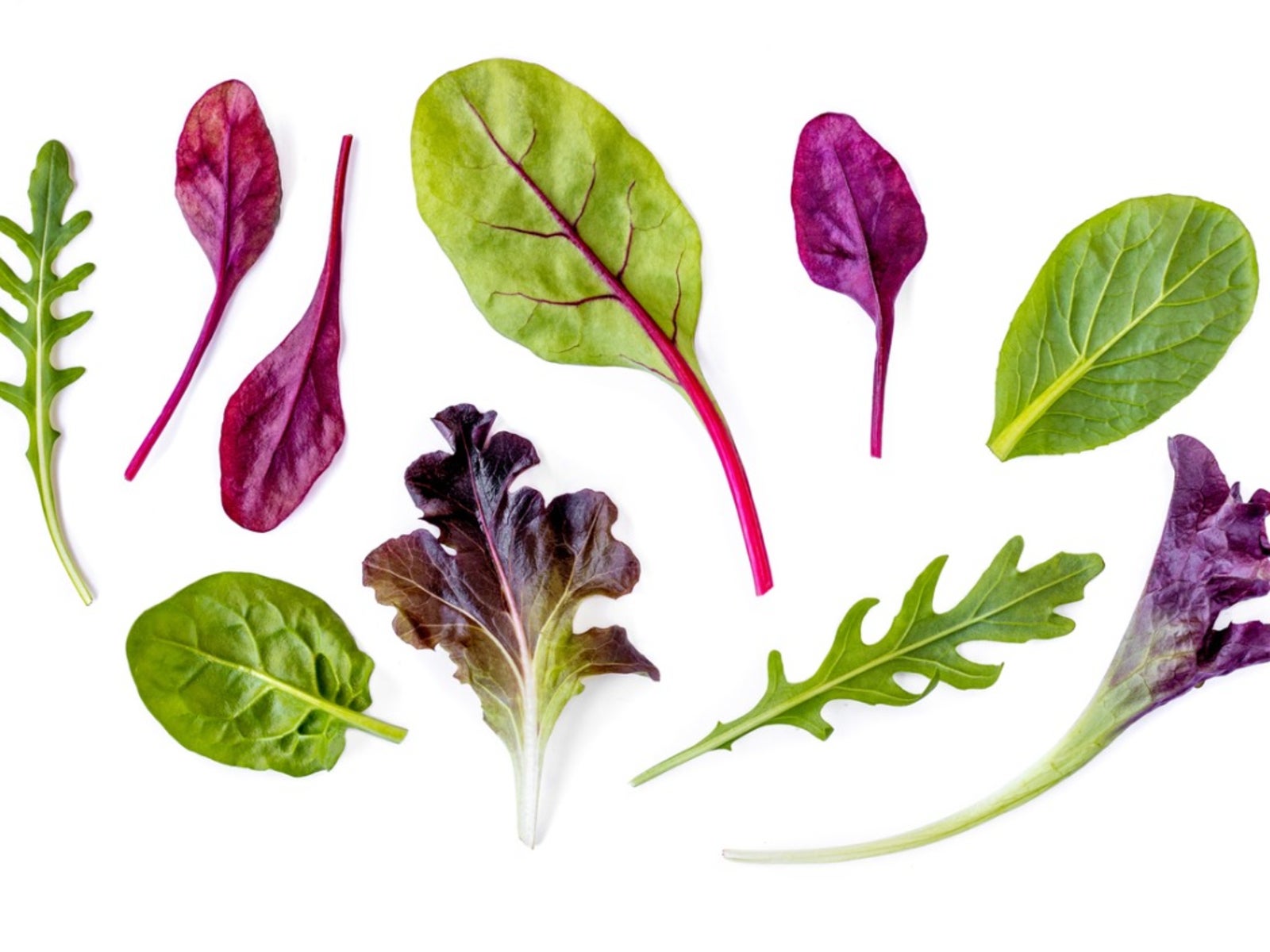 Substitutes For Lettuce – Growing Alternative Salad Greens
Substitutes For Lettuce – Growing Alternative Salad GreensAlternatives to lettuce are generally higher in nutrients and more flavorful. Click here for some ideas on what to use as substitutes for your lettuce.
By Amy Grant
-
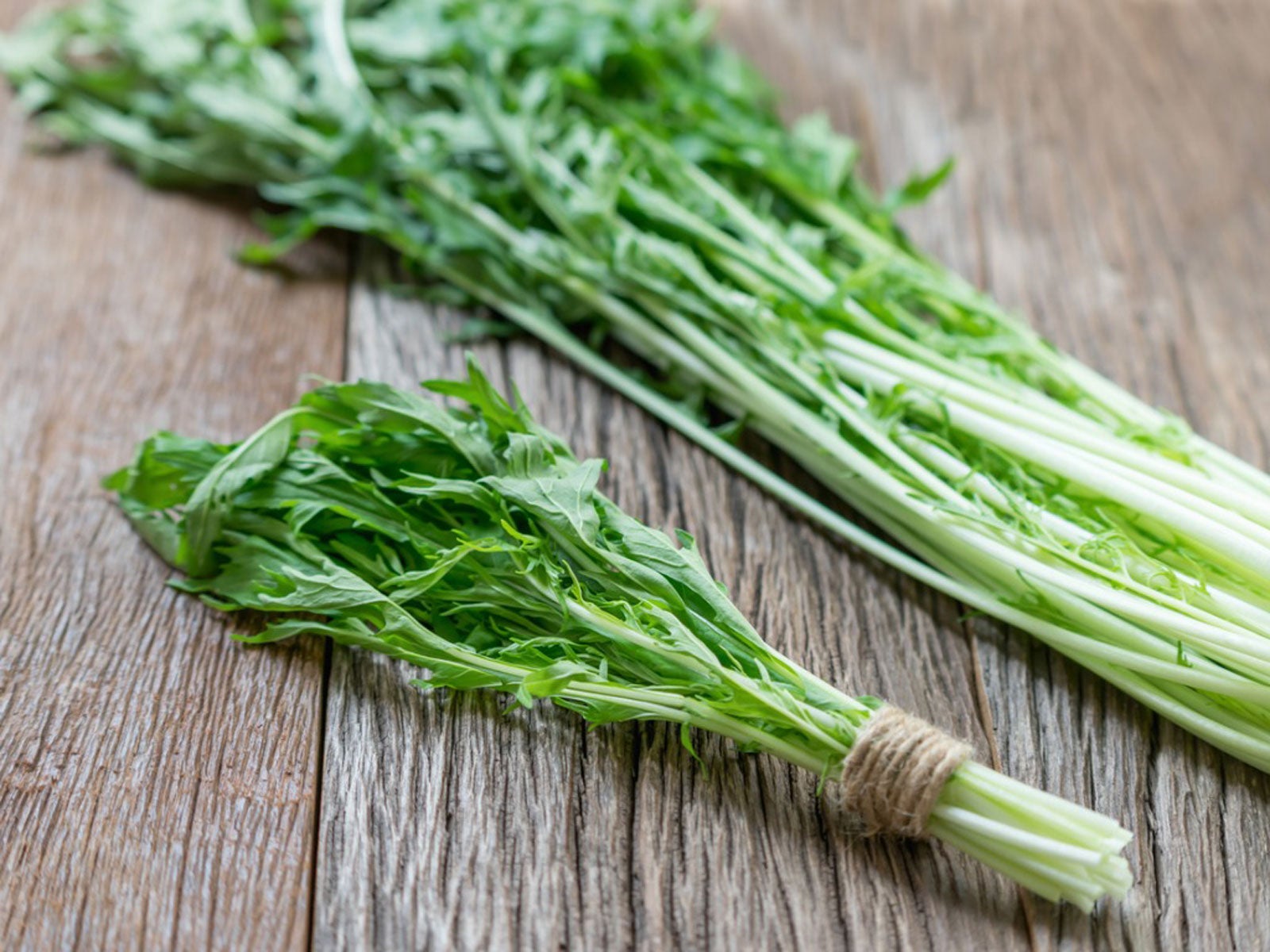 Mibuna Mustard Greens: How To Grow Mibuna Greens
Mibuna Mustard Greens: How To Grow Mibuna GreensMibuna mustard is a highly nutritious Asian green with a mild, mustardy flavor. Wondering how to grow mibuna greens? Click here.
By Mary H. Dyer
-
 Autumn Crop Greens – When To Plant Greens In The Fall
Autumn Crop Greens – When To Plant Greens In The FallYou can easily grow greens in fall. Many leafy salad greens are cool season crops that prefer the autumn temperatures. Click here for more.
By Amy Grant
-
 How To Harvest Leafy Greens – Picking Leafy Greens In The Garden
How To Harvest Leafy Greens – Picking Leafy Greens In The GardenAll leafy greens are easy to grow, rich in nutrients (although some more than others) and some can be eaten both fresh and cooked. Harvesting leafy greens is a simple matter as well. Click here if you’re interested in learning how and when to harvest garden greens.
By Amy Grant
-
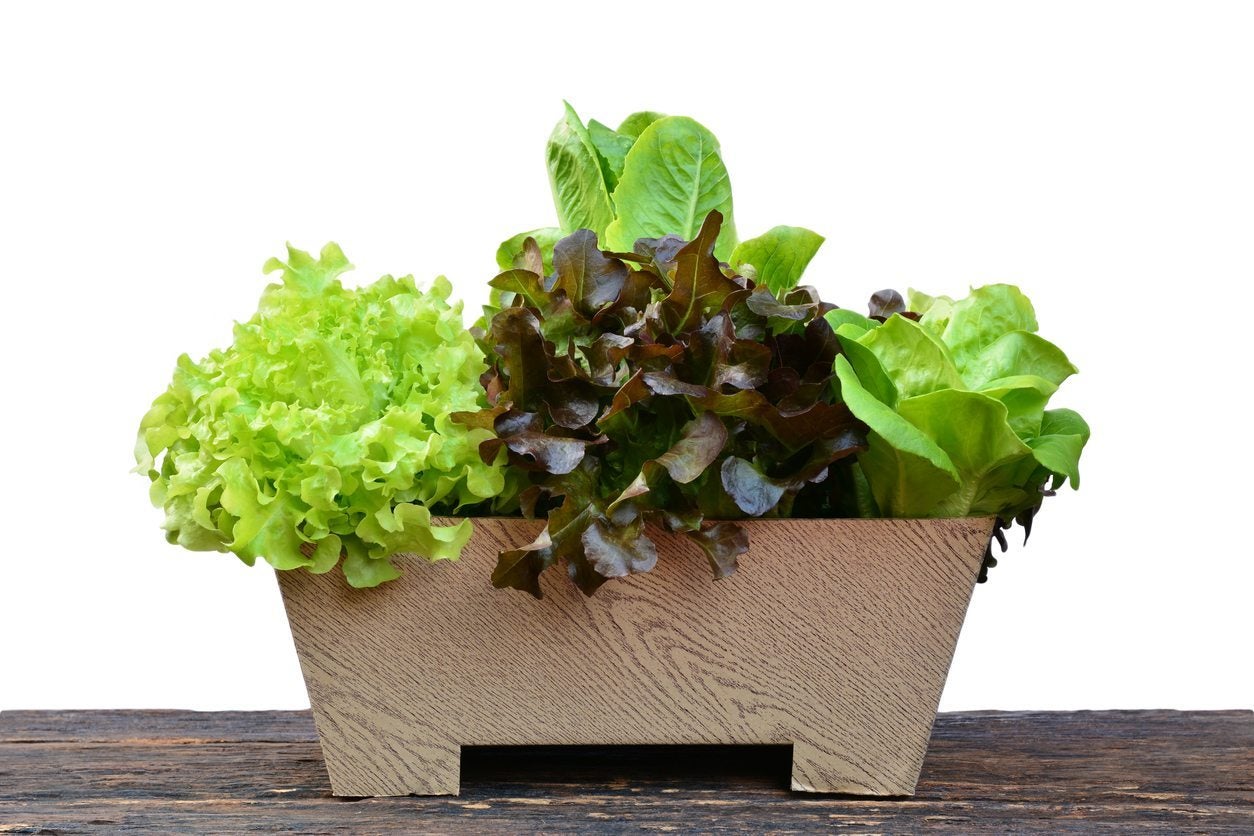 Growing A Salad Bowl Garden: Learn How To Grow Greens In A Pot
Growing A Salad Bowl Garden: Learn How To Grow Greens In A PotGrowing your salad greens in containers! They're less expensive, fresh and at your fingertips. A salad bowl garden is the ultimate luxury for easy gardening and healthy eating.
By Amy Grant
-
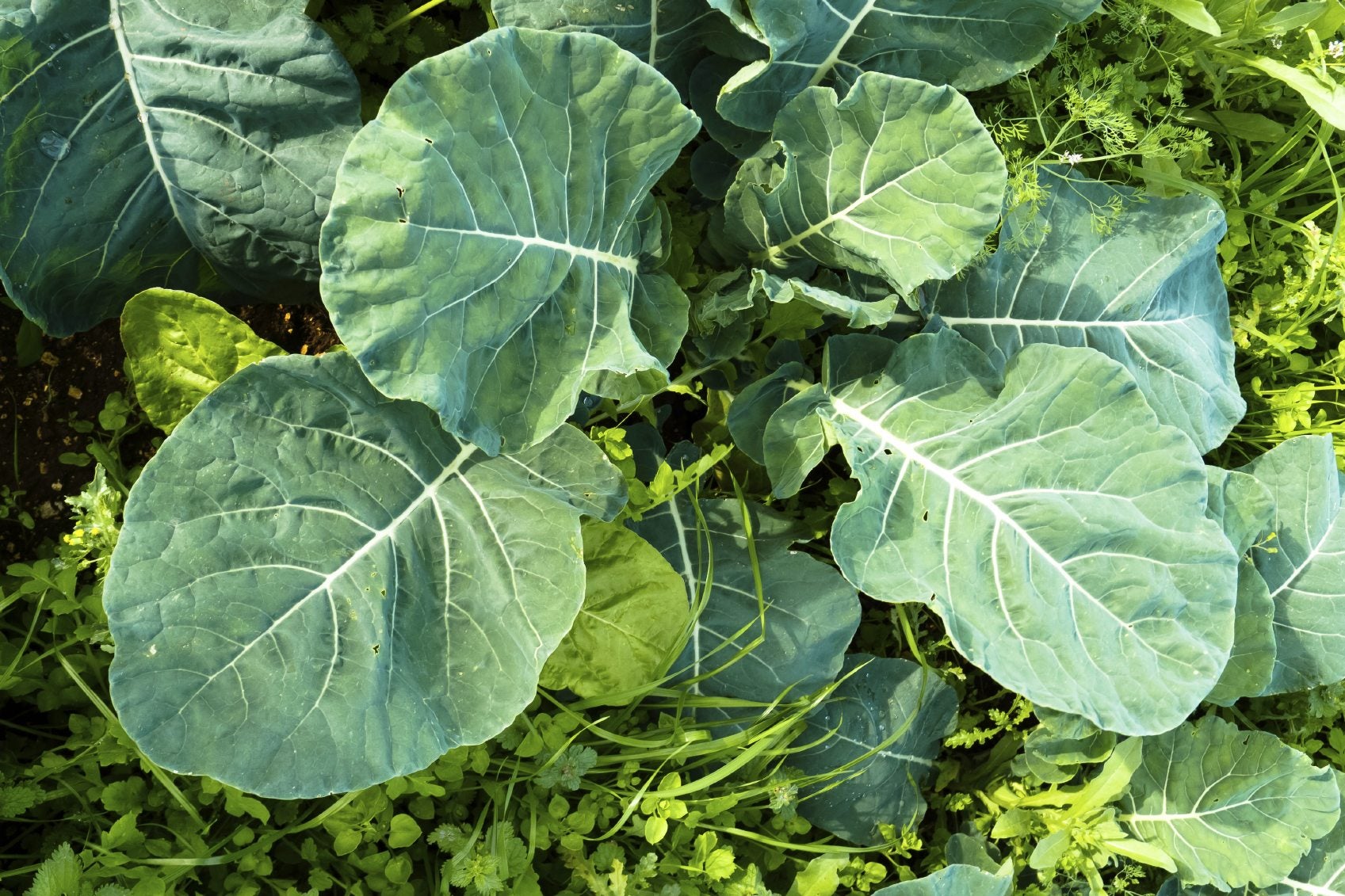 Winter Salad Greens: Tips On Growing Greens In Winter
Winter Salad Greens: Tips On Growing Greens In WinterIf you get cold winters, you're not going to be picking tomatoes in February. You may, however, be picking any leafy greens you like. If you're growing in the winter, salad greens are the way to go. Learn how to grow greens over winter here.
By Liz Baessler
-
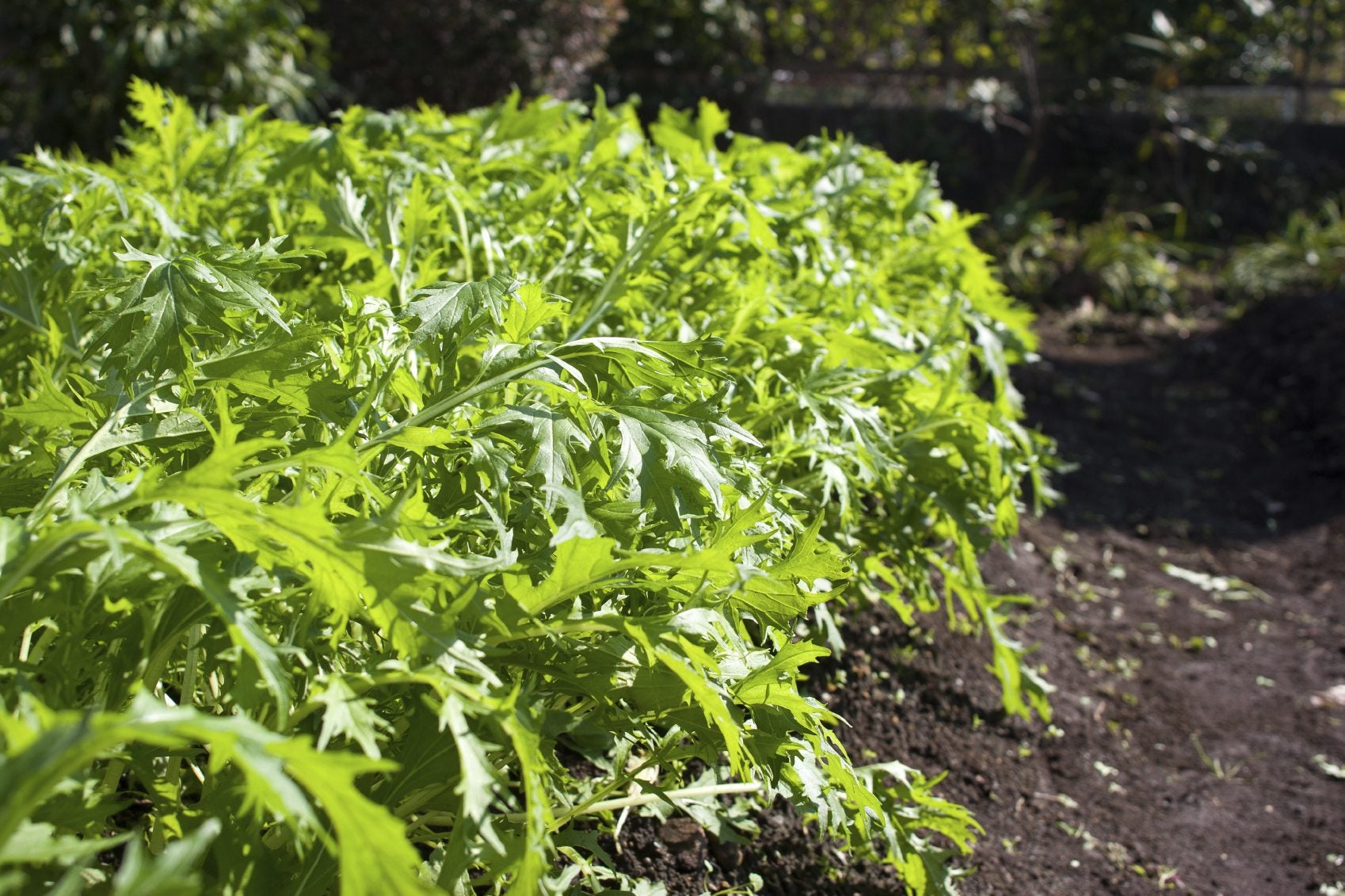 Asian Mizuna Greens: How To Grow Mizuna Greens In The Garden
Asian Mizuna Greens: How To Grow Mizuna Greens In The GardenMizuna greens are a popular leafy vegetable from Asia that is used worldwide. Like many Asian greens, they are related to the more familiar mustard greens. For more information on growing mizuna greens, this article will help.
By Liz Baessler
-
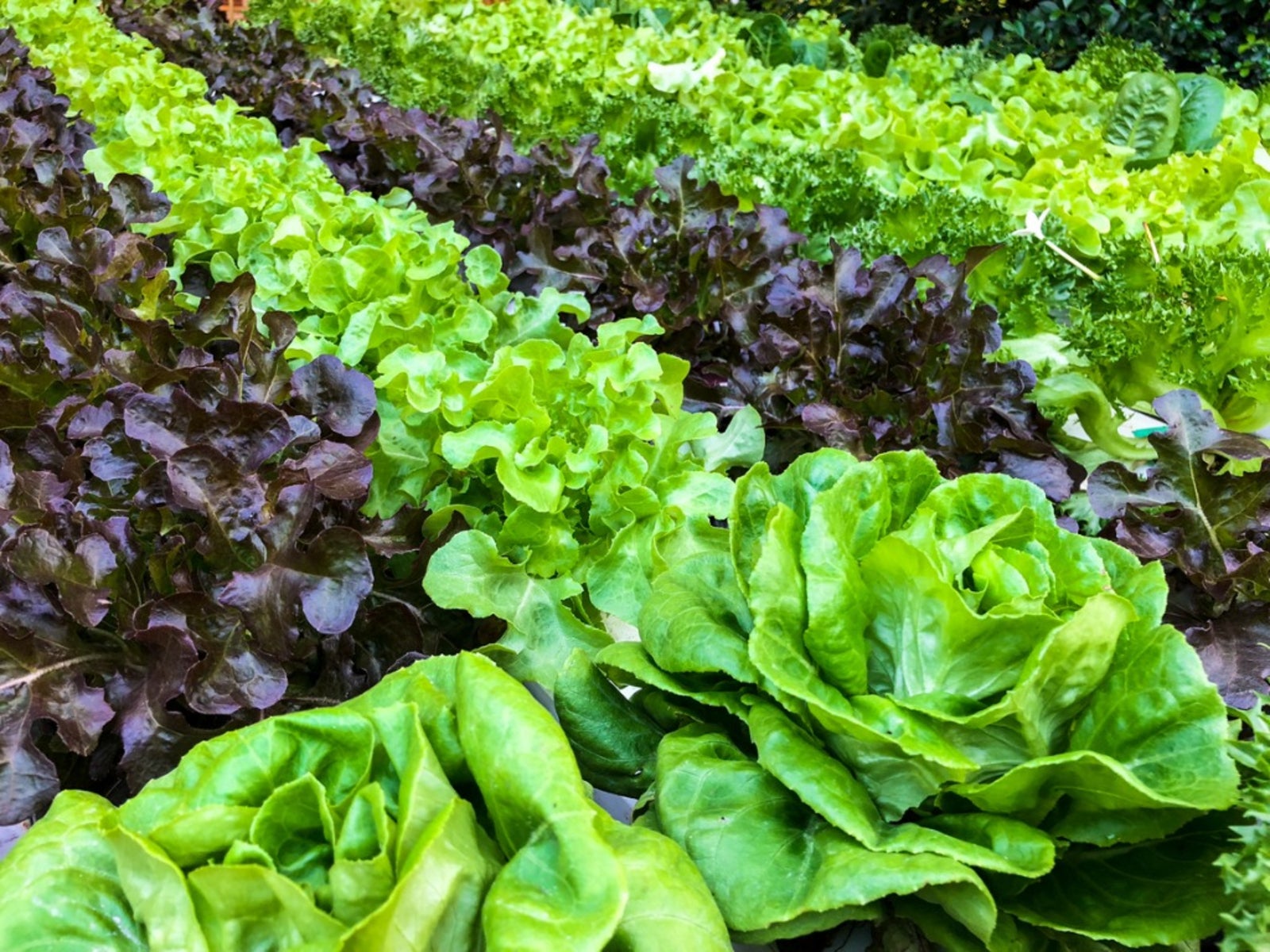 Leafy Garden Greens: Different Types Of Garden Greens
Leafy Garden Greens: Different Types Of Garden GreensWhat are greens? Leafy garden greens are more than lettuce. The types of garden greens range from the tops of edible roots to ornamental plants. Growing greens is easy, and this article will help.
By Bonnie L. Grant